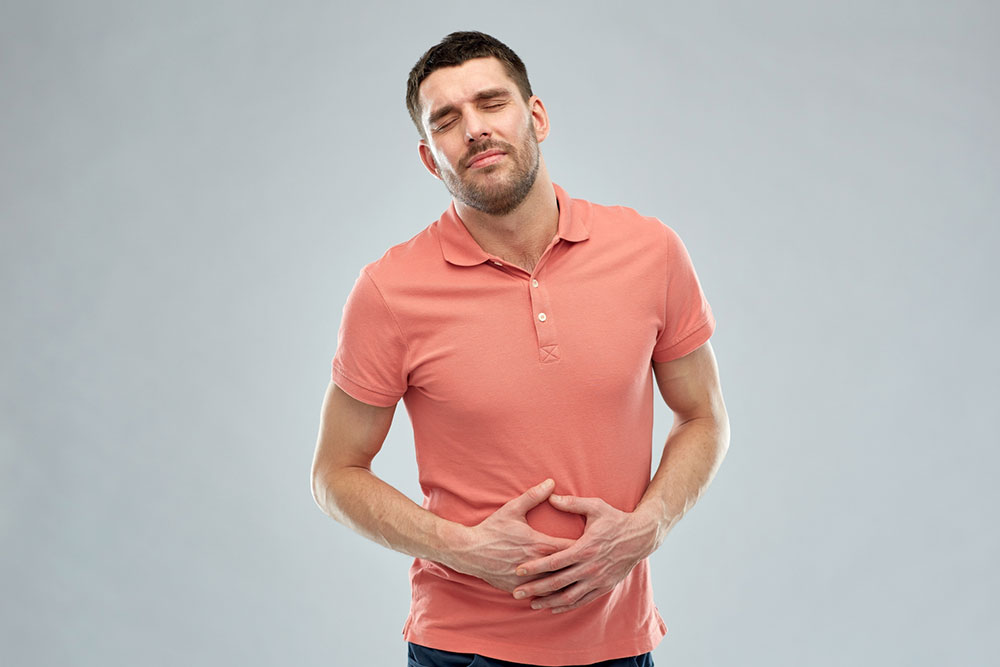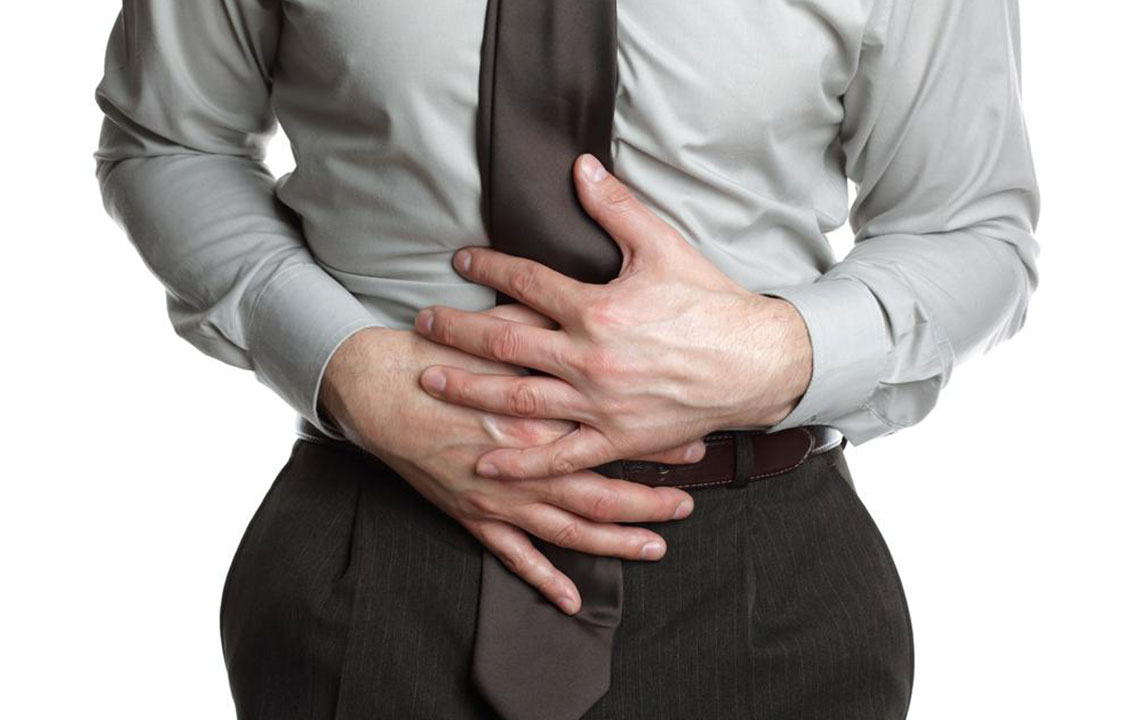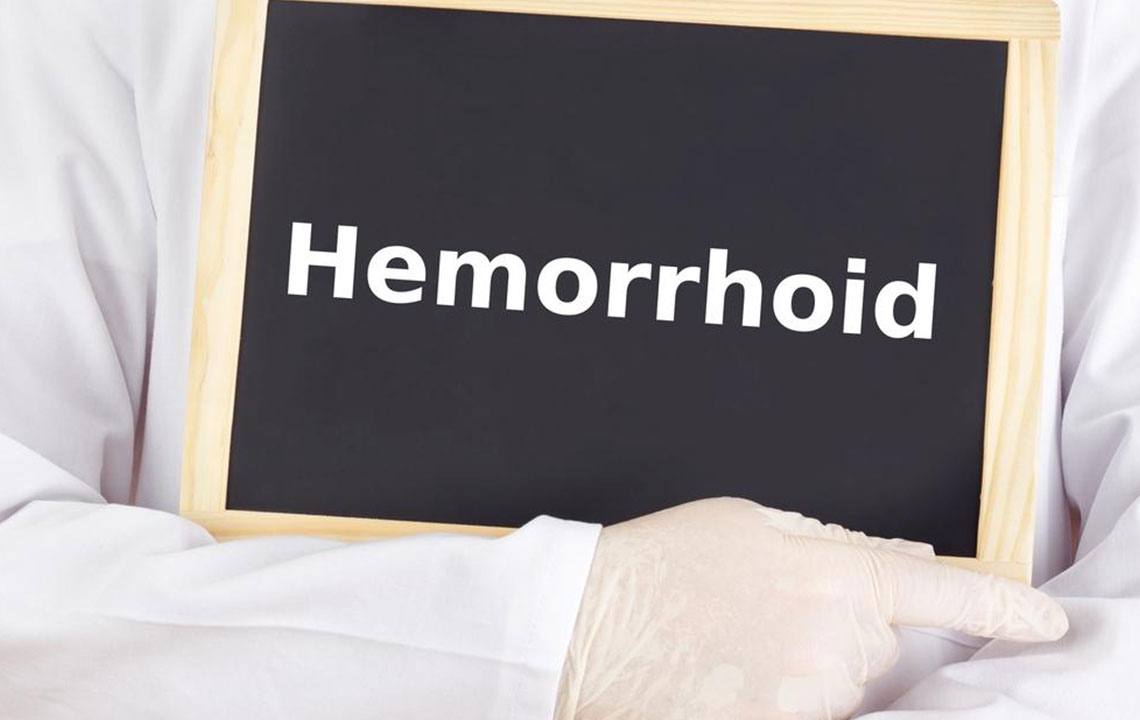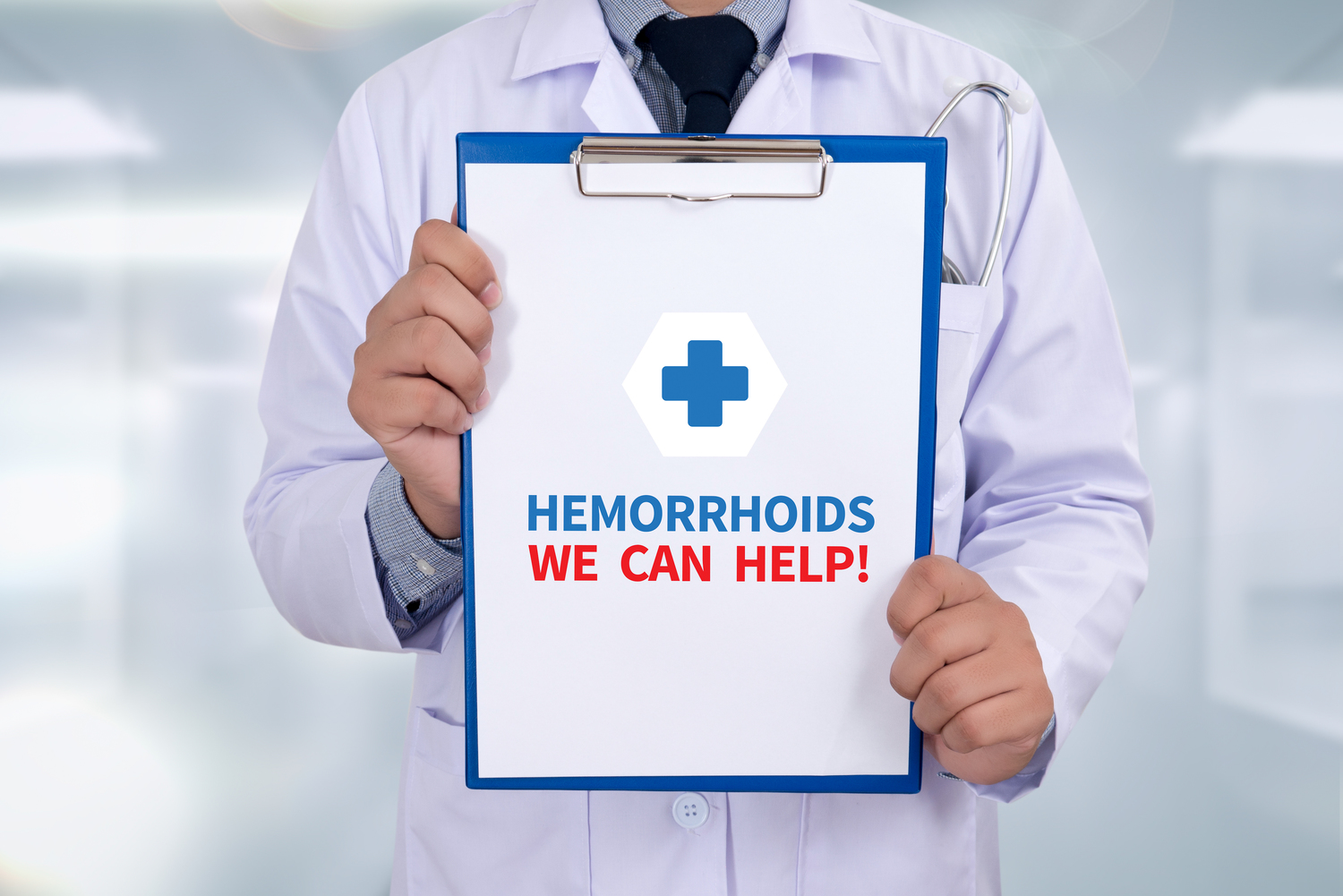Comprehensive Guide to Managing Hemorrhoids: Effective Relief Strategies for Lasting Comfort
This comprehensive guide explores effective strategies for hemorrhoid relief, emphasizing lifestyle changes, dietary adjustments, and medical treatments. With over 1500 words, it offers detailed insights into causes, symptoms, and practical tips to reduce discomfort, promote healing, and prevent future episodes. Learn how simple modifications and timely interventions can significantly improve your quality of life by alleviating hemorrhoid symptoms efficiently and safely.

Comprehensive Guide to Managing Hemorrhoids: Effective Relief Strategies for Lasting Comfort
Hemorrhoids are a common health condition characterized by swollen or inflamed veins in the lower part of the rectum and anus. While often associated with discomfort and irritation, hemorrhoids are generally not dangerous if managed properly. They are typically categorized into three main types: internal hemorrhoids, external hemorrhoids, and mixed hemorrhoids, which combine features of both. Understanding these types is essential for effective treatment and relief.
Many individuals seeking relief from hemorrhoid symptoms often wonder about the causes and the most effective treatment options. If you’re experiencing discomfort, itching, or bleeding in the anal area, this comprehensive guide provides detailed strategies to alleviate symptoms and promote healing. From lifestyle adjustments to medical remedies, learn how to manage hemorrhoids effectively and improve your quality of life.
Understanding the Causes of HemorrhoidsHemorrhoids can affect individuals across various age groups, but they are most prevalent among adults aged 45 to 65. Pregnant women and new mothers are also at increased risk due to hormonal changes and pressure on pelvic veins. Although the exact mechanisms leading to hemorrhoids aren’t fully understood, several risk factors have been identified through empirical research:
Frequent heavy lifting and strenuous physical activity
Dietary patterns lacking adequate fiber intake
Chronic constipation and excessive straining during bowel movements
Pregnancy-related hormonal and pressure changes
Prolonged sitting, especially in sedentary jobs
Obesity and overweight issues
Common symptoms include minor rectal bleeding, swelling in the anal area, feelings of burning or soreness, pain during bowel movements, and persistent itching. Recognizing these symptoms early can lead to more effective management and quicker relief.
Strategies for Hemorrhoid Relief: Practical Tips to Ease Symptoms and Support Healing
Enhance Your Dietary Fiber and Hydration — Increasing your intake of dietary fiber is one of the cornerstone strategies for managing hemorrhoids. Incorporate a variety of fruits, vegetables, whole grains, nuts, and seeds into your meals. These foods naturally contain fiber that softens stool, making bowel movements smoother and less painful. In addition to dietary sources, fiber supplements such as wheat dextrin can be beneficial, providing 20-30 grams of fiber daily. Staying well-hydrated by drinking plenty of water (at least 8 glasses per day) is equally important, as fluids help to prevent hard stools and ease elimination.
Utilize Lubrication Techniques — For temporary relief, consider using natural lubricants like applesauce or yogurt mixed with a tablespoon of mineral oil. Consuming this mixture during meals can lubricate the digestive tract and facilitate easier stool passage. Remember that these methods should be used cautiously and not as long-term solutions. Protecting your anal area with moist wipes or hypoallergenic damp toilet paper can also prevent irritation during cleaning.
Respond Promptly to Bowel Urges — Ignoring the urge to defecate can cause stool to become hard and dry, worsening constipation and increasing pressure on hemorrhoids. It’s crucial to go to the bathroom as soon as you feel the need. Delayed defecation promotes straining, which can exacerbate hemorrhoid symptoms.
Elevate Your Feet During Bowel Movements — Position your feet on a small step-stool while sitting on the toilet to mimic a squat position. This posture changes the angle of the rectum, reducing straining and making stool passage easier. This simple adjustment can significantly decrease discomfort and prevent further irritation.
Over-the-Counter Remedies — Various topical treatments such as hemorrhoid creams, ointments, witch hazel pads, and suppositories can provide immediate symptom relief. These products often contain ingredients that numb pain, reduce inflammation, and shrink swollen tissues. If symptoms persist beyond a week or worsen, consult your healthcare provider for prescription medications or other interventions.
Practice Gentle Hygiene — Use moist wipes or damp toilet paper to clean the anal area after bowel movements, avoiding rough or scented tissues that can irritate sensitive skin. Proper cleaning reduces itching and prevents infection, aiding in faster recovery.
Warm Sitz Baths for Soothing Relief — Soaking in warm water for 10-15 minutes several times daily can significantly reduce symptoms such as pain and swelling. Sitz baths are a highly recommended non-invasive therapy for hemorrhoids. Enhance the effect by gently patting dry afterward and applying topical treatments as advised.
Apply Topical Medications — Use hemorrhoid creams, ointments, or pads containing ingredients like hydrocortisone or witch hazel. These topical agents serve to numb itching, decrease inflammation, and promote healing. Follow healthcare provider instructions carefully for safe and effective use.
Additional lifestyle modifications can further alleviate symptoms. Avoid prolonged sitting or standing, take regular breaks to stretch and move around, and avoid straining during bowel movements. These everyday measures, combined with proper diet and hygiene, can lead to significant symptom reduction within a week. Typically, hemorrhoid lumps diminish over approximately six weeks, but chronic or severe cases may require medical procedures such as minimally invasive surgeries or hemorrhoidectomy. Consulting a healthcare professional ensures appropriate treatment tailored to your specific condition.
In conclusion, managing hemorrhoids effectively involves a combination of dietary, behavioral, and topical strategies. With patience and proper care, most individuals experience relief and return to normal comfort levels. Recognizing early signs and implementing these practical interventions can make a substantial difference in your recovery process and long-term health.





